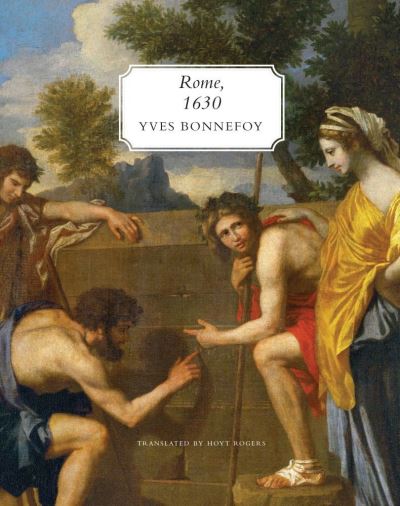Rome, 1630 Synopsis
Bernini, Poussin, Velázquez, Cortona, Borromini, Valentin: the list could go on and on. In 1630, despite their signal differences, the finest artists of the European Baroque converged on Rome, where Caravaggio was still a lingering influence. In response to the Protestant Reformation, the Catholic Church turned to masters such as these to celebrate the glories of heaven, while other patrons granted them commissions for secular works. With splendid monuments like Bernini's Baldachin at St Peter's, or profound canvases like the landscapes of Poussin, Rome became the crucible of major advances in seventeenth-century sculpture, painting and architecture.
In the title study of this book, Yves Bonnefoy focuses on the pivotal year in the development of the Baroque style. Richly illustrated, his Rome, 1630 reveals how a pan-European movement was born from the achievements of the Italian and foreign artists who congregated in the city during that seminal period. The five supplementary essays in the volume further explore the evolution of seventeenth-century painting, particularly in the works of Elsheimer, Caravaggio, Cortona and Poussin. In his afterword, Hoyt Rogers pays homage to the author, analysing the centrality of Baroque art to Bonnefoy's poetry and aesthetics.
